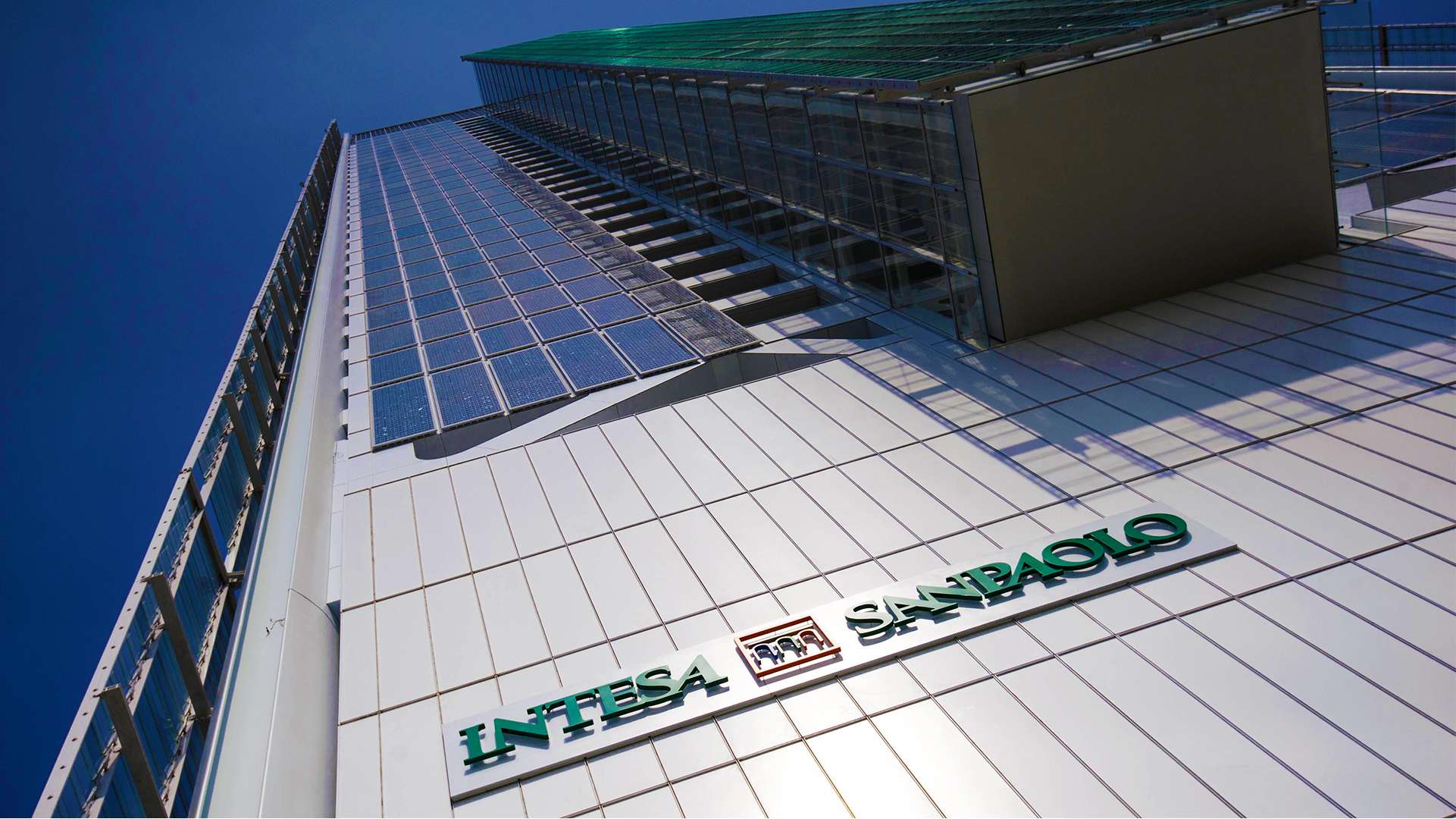Our products and services
Currency converter and exchange rate list
Enter the amount and select the currencies between which you want to convert. The currency converter is for informational purposes only, for accurate information please contact the nearest branch of the Bank.
Date:
I want to
in
Foreign currency:
Cash:
* the stated amounts do not include the conversion fee













